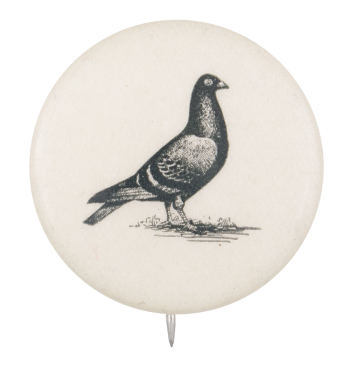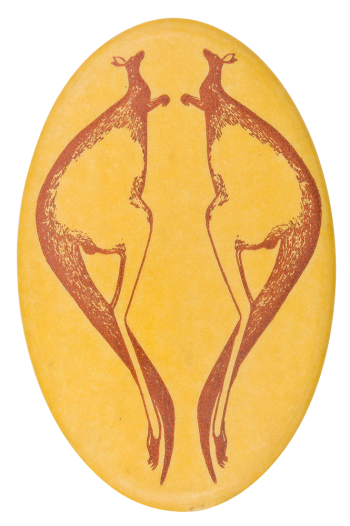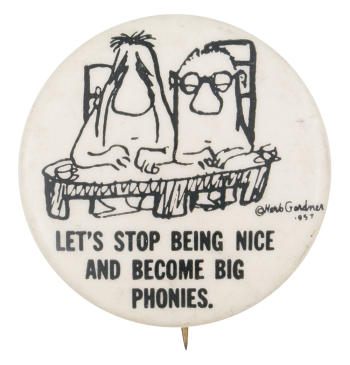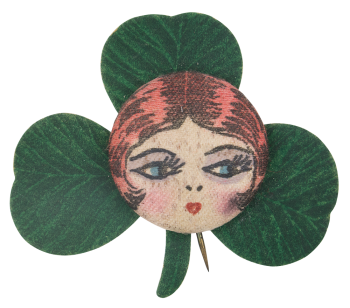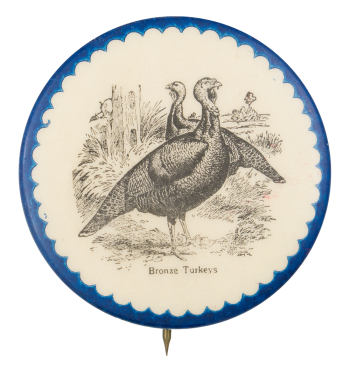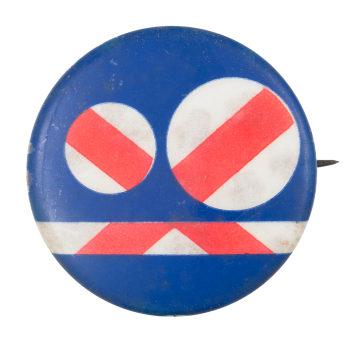Berggoetz, B. (2024). Throwback 1971: 18-year-olds get the vote. Indiana University Bloomington Libraries. https://libraries.indiana.edu/Righttovote
Claire, M. (2020). How young activists got 18-year-olds the right to vote in record time. Smithsonian. https://www.smithsonianmag.com/history/how-young-activists-got-18-year-olds-right-vote-record-time-180976261/
Frost, J. (2022). Let Us Vote: Youth voting rights and the 26th Amendment. NYU Press. https://nyupress.org/9781479811328/let-us-vote/
Glass, A. (2014). Senate votes to lower voting age to 18, March 10, 1971. Politico. https://www.politico.com/story/2014/03/this-day-in-politics-104463
MXCsales. (n.d.). Vintage vote yes on 18 political pinback button [eBay listing]. eBay. https://www.ebay.com/itm/336011978420
Rock the Vote. (2021). The 26th Amendment: An explainer. Rock the Vote: Democracy Explainers. https://www.rockthevote.org/explainers/the-26th-amendment-and-the-youth-vote/
Stefani, S. (2023). Your right to vote [Exhibition]. Indiana University Bloomington Libraries. https://libraries.indiana.edu/right-vote-0



